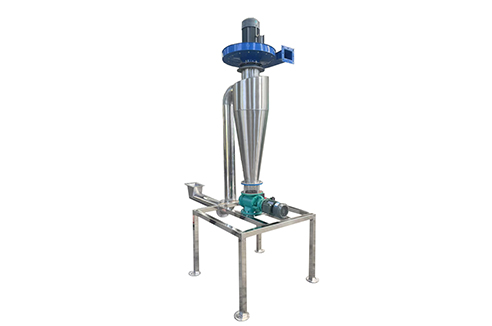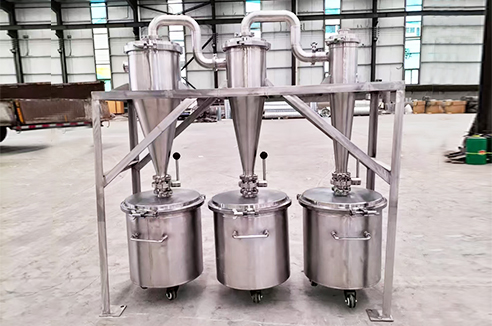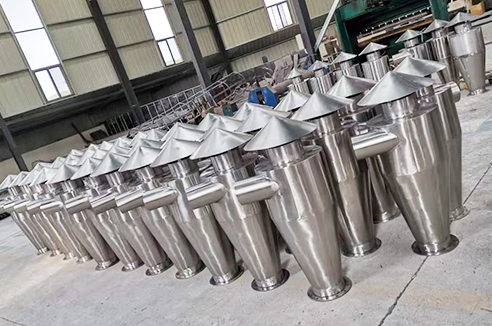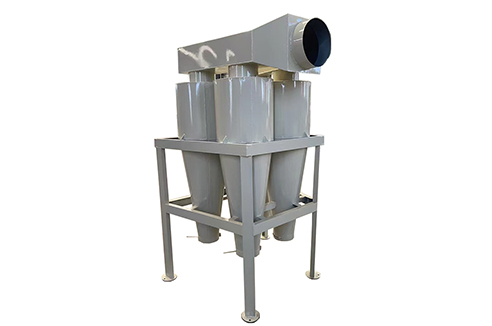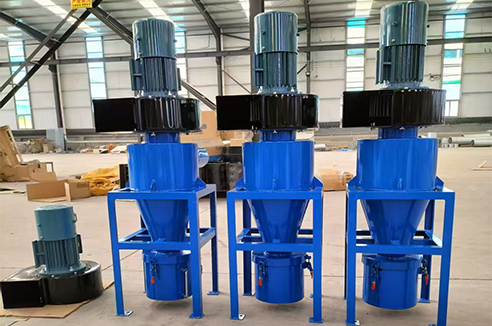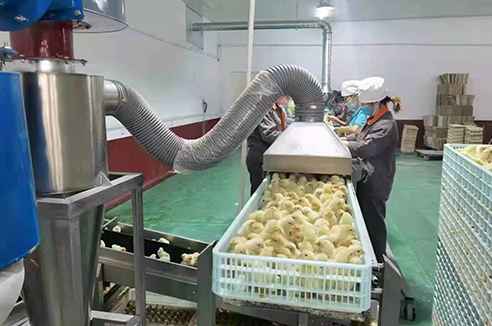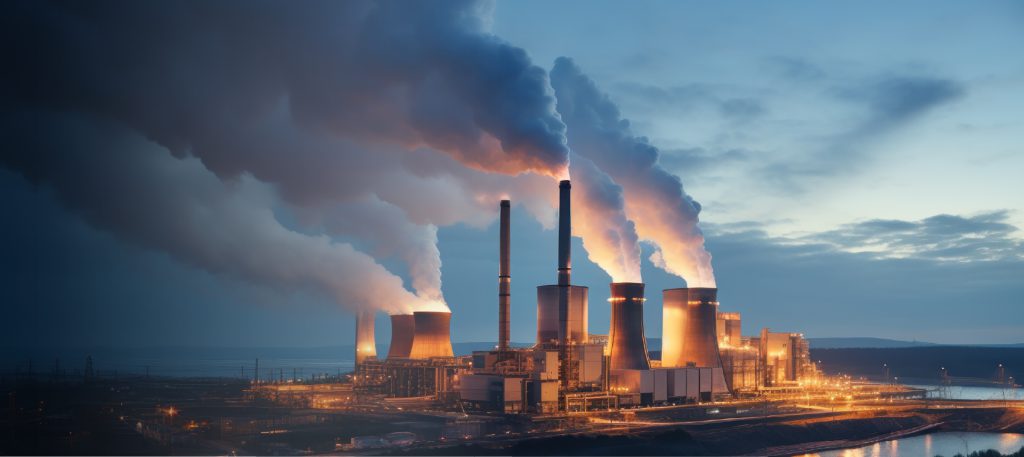The Cyclone dust collector is designed specifically for high dust load, high temperature, and product recovery applications. It has a mechanical separator that uses centrifugal force to remove dust particulates from the air in industrial applications. Dusty air enters the cyclone and the dust particles travel around the inner wall of the cyclone. As the particles lose their velocity, they drop lower in the cyclone until they drop into the receptical below.
In the cyclone dust extractor suction systems – thanks to the centrifugal force, the dust particles separate from the gaseous flow to which the rotary motion has been imposed due to the tangential entry onto the body of the cyclone. Centrifugal acceleration acts on particles in the same way as weight, but in a radial direction. The abatement efficiency depends on the peripheral speed of the flow and on the inverse of the radius of curvature. For this reason we try to increase the flow speed and create rotary motions with small curvature. At the same peripheral speed, the increase in the diameter of the cyclone decreases the centrifugal effect and therefore the efficiency, however a speed that is too high increases the pressure losses. The correct sizing is therefore up to the expert designer.

| Nominal Airflow Range (m3/h) | Inlet Velocity (m/min) |
| 510 - 917 | 1091.2 - 1889.8 |
| 1,461 - 2,038 | 1335.0 - 1869.9 |
| 2,123 - 3,397 | 1083.6 - 1740.4 |
| 2,548 - 4,247 | 1307.6 - 2176.3 |
| 3,312 - 5,945 | 1091.2 - 1966.0 |
| 5,096 - 7,644 | 1164.3 -1746.5 |
| 6,795 - 9,512 | 1554.5 - 2176.3 |
| 7,304 - 11,891 | 1223.8 - 1993.4 |
| 7,644 - 12,740 | 1283.2 - 2136.6 |
| 8,493 - 13,589 | 1423.4 - 2275.3 |
| 13,589 - 19,534 | 1380.7 - 1984.2 |
| 13,589 - 22,082 | 1380.7 - 2243.3 |
| ... | ... |
The working principle of a cyclone dust collector is to use the centrifugalforce generated by the rotation of the airflow to separate dust from the dusty airflow. The dusty airflow enters the dust collector along the tangential direction from the air inlet, and then rotates downwards along the outer wall. This downward rotating airlow is called an external vortex. After reaching the bottom of the cone, the outer vortex rotates upwards along the axis and is discharged from the discharge pipe (air outlet). This upward airflow forms an internal vortex. The direction of rotation of the downward outer vortex and the upward inner vortex is the same, that is, when they rotate in a clockwise or counterclockwise direction, the dust is thrown towards the outer wall under the action of centrifugal force. The dust that reaches the outer wall falls into the dust hopper along the wall under the combined action of the downward airflow and gravity.
